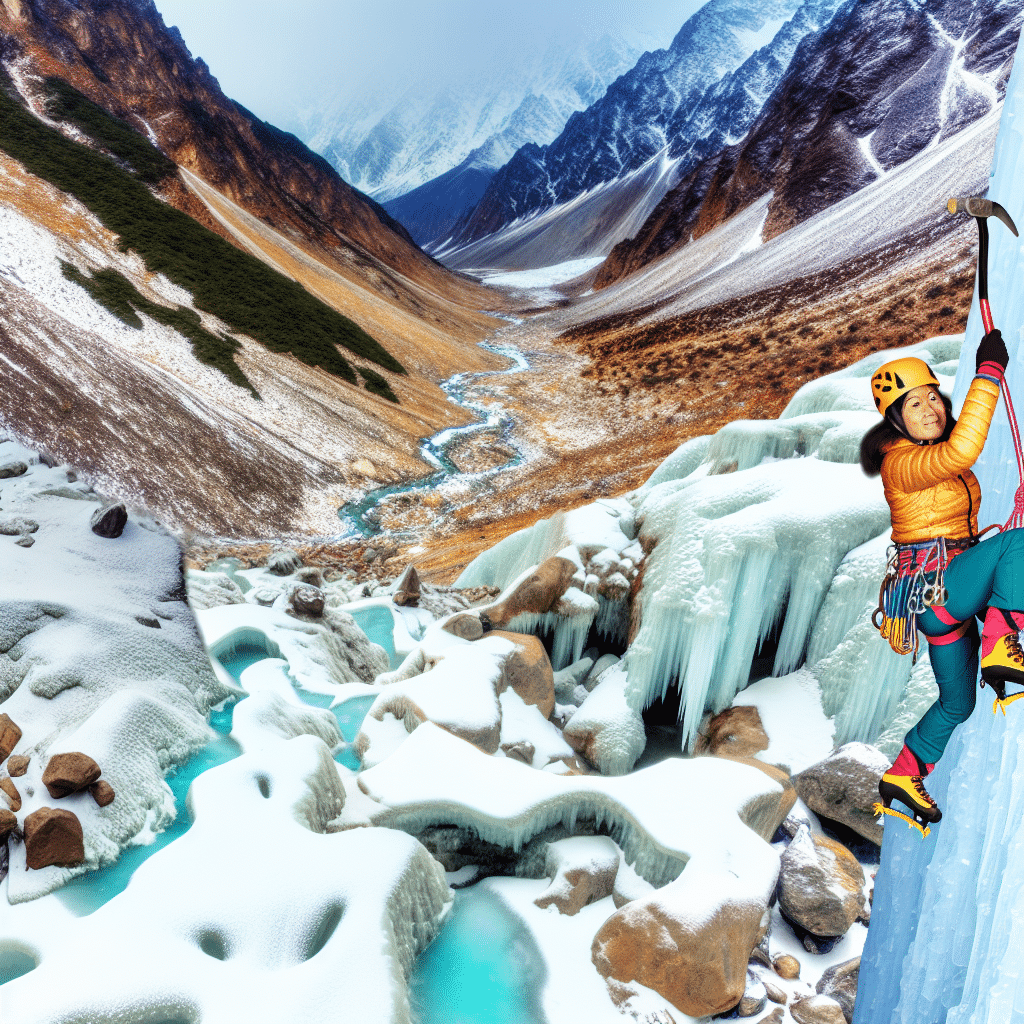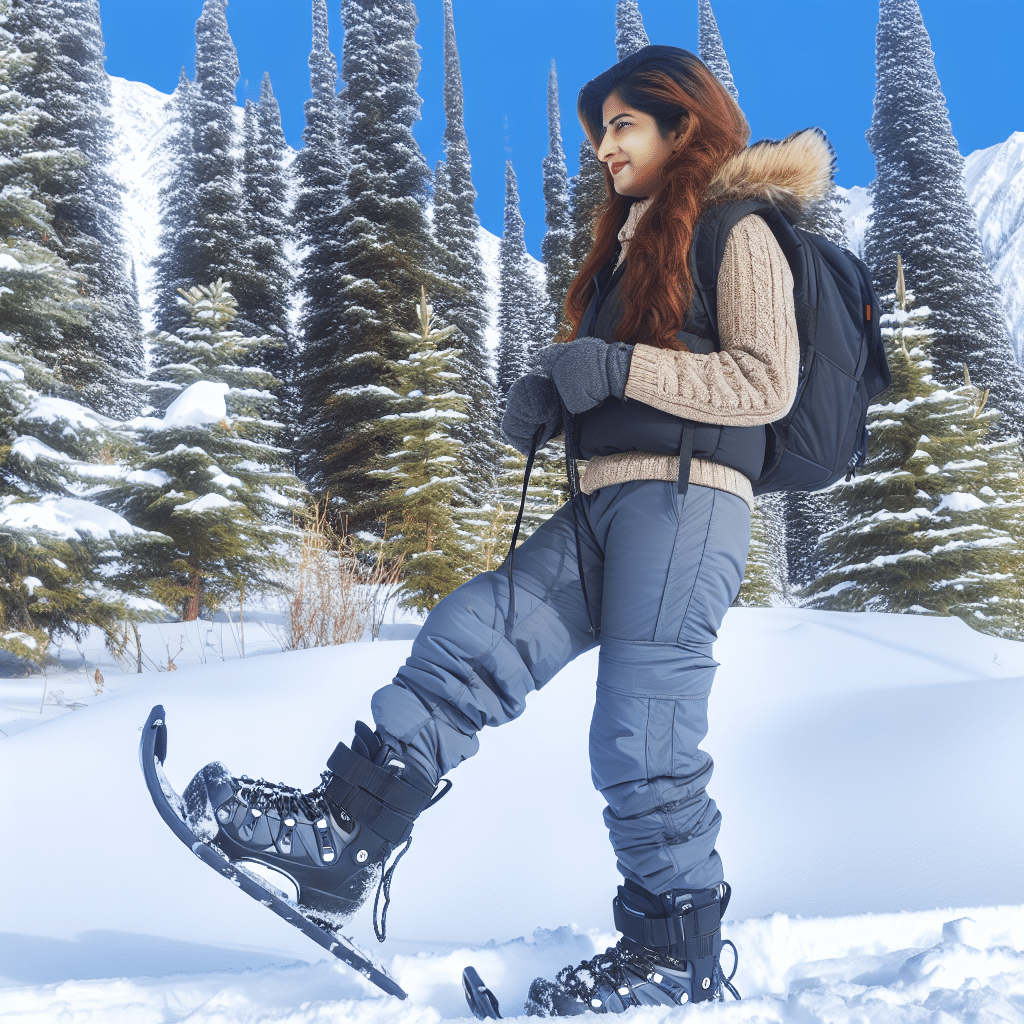Ice climbing is a thrilling and challenging sport that combines physical endurance, technical skill, and a love for the outdoors. Whether you’re scaling frozen waterfalls, navigating glacier seracs, or picking your way up steep ice faces, knowing the difficulty of what you are getting into is crucial. This is where ice climbing ratings come into play. But what do these ratings mean, and how are they determined? Let’s delve into the icy world of ice climbing ratings and explore their significance.
What Are Ice Climbing Ratings?
Ice climbing ratings are a system of classifications used to describe the difficulty and technical requirements of an ice climb. These ratings provide climbers with an understanding of what to expect in terms of physical exertion, technical challenges, and mental fortitude required. Ratings help climbers choose routes that match their skill levels and prepare adequately for the climb.
Types of Ice Climbing Ratings
There are primarily two widely recognized ice climbing rating systems: the WI (Water Ice) scale and the AI (Alpine Ice) scale. Each has its own unique criteria and is used in different contexts.
The WI Scale
The WI scale, or Water Ice scale, is used to rate the difficulty of ice climbs on frozen waterfalls, cliff faces, and other water-based ice formations. It ranges from WI1 to WI7, with higher numbers indicating increased difficulty.
– **WI1:** Easy climbing with low-angle ice. Suitable for beginners and those new to ice climbing.
– **WI2:** Moderate difficulty with steeper sections up to 60°. Still relatively accessible for novices.
– **WI3:** Continuous 60°-70° ice with occasional vertical sections. Requires more technical skills and endurance.
– **WI4:** Long sections of near-vertical ice (70°-80°). Demands technical proficiency and greater strength.
– **WI5:** Sustained vertical climbing (80°-90°) with challenging sections. Suitable for experienced climbers.
– **WI6:** Overhanging or extremely steep ice. High technical skill and endurance are essential.
– **WI7:** The most challenging climbs with sustained overhanging ice. Uncommon and extremely difficult, reserved for elite climbers.
The AI Scale
The AI scale, or Alpine Ice scale, is used for rating ice climbs in high alpine environments, such as glaciated peaks and ice-filled gullies. The AI scale ranges from AI1 to AI6.
– **AI1:** Easy, low-angle glacier travel. Generally considered straightforward and safe.
– **AI2:** Moderate, with occasional steep sections. Suitable for novice alpine climbers.
– **AI3:** Steeper ice sections, up to 60°. Requires more technical know-how.
– **AI4:** Sustained steeper ice (60°-70°). Demands skill and physical conditioning.
– **AI5:** Long, sustained sections of steep ice. Technical proficiency and experience are crucial.
– **AI6:** The most difficult climbs in alpine ice environments. Features steep to overhanging ice, high exposure, and severe conditions.
Are There Other Rating Systems?
Yes, ice climbing ratings can sometimes overlap with mixed climbing ratings, where climbers encounter both rock and ice. The M-scale is used for mixed climbs and often intersects with WI and AI ratings to provide a comprehensive understanding of the climb’s difficulty.
The M-scale ranges from M1 (easiest) to M12 (most difficult), assessing routes not just on ice but also on mixed terrain: rock, snow, and ice.
How Are Ice Climbing Ratings Determined?
Ice climbing ratings are subjective and can vary depending on factors such as environmental conditions, local standards, and the climb’s specific characteristics. Generally, experienced climbers or first ascenders propose a rating based on the following criteria:
– **Technical Difficulty:** The steepness, length, and complexity of the ice or mixed terrain.
– **Physical Exertion:** The amount of stamina, strength, and endurance required.
– **Protection and Safety:** The availability of places to safely place protection such as ice screws, and the overall risk involved.
– **Route Conditions:** Environmental factors like ice quality, temperature, and altitude, which can fluctuate and impact the difficulty of the climb.
Why Are Ice Climbing Ratings Important?
Ice climbing ratings are essential for several reasons:
1. **Safety:** Proper assessment of a climb’s difficulty allows climbers to prepare adequately, reducing the risk of accidents and injuries.
2. **Skill Matching:** Ratings help climbers choose routes that match their skill levels, ensuring that they are neither overmatched nor under-challenged.
3. **Planning:** Knowing the difficulty of a route assists in logistical planning, such as the necessary gear, time required, and physical conditioning needed.
4. **Benchmarking:** Ratings provide a way for climbers to set goals and measure their progress, helping them to develop their skills systematically.
How to Advance Through the Ratings?
Progressing through ice climbing ratings involves persistent practice, skill development, and experience. Here are some tips:
– **Train Regularly:** Focus on building strength, endurance, and technique through consistent training.
– **Take Courses:** Enroll in climbing courses to learn advanced techniques and safety practices from experts.
– **Climb with Experienced Partners:** Joining more skilled climbers exposes you to new challenges and valuable insights.
– **Start Gradually:** Begin with lower-rated climbs and progressively tackle more difficult routes as your skills improve.
Conclusion
Ice climbing ratings serve as an essential guide for climbers, helping them assess the challenges ahead and prepare accordingly. Whether navigating the serene beauty of a cascading frozen waterfall or tackling the harsh conditions of an alpine ice route, understanding these ratings can make the difference between a rewarding ascent and a dangerous endeavor. Remember, the key to successful ice climbing is preparation, skill, and respect for the mountain. Happy climbing!




